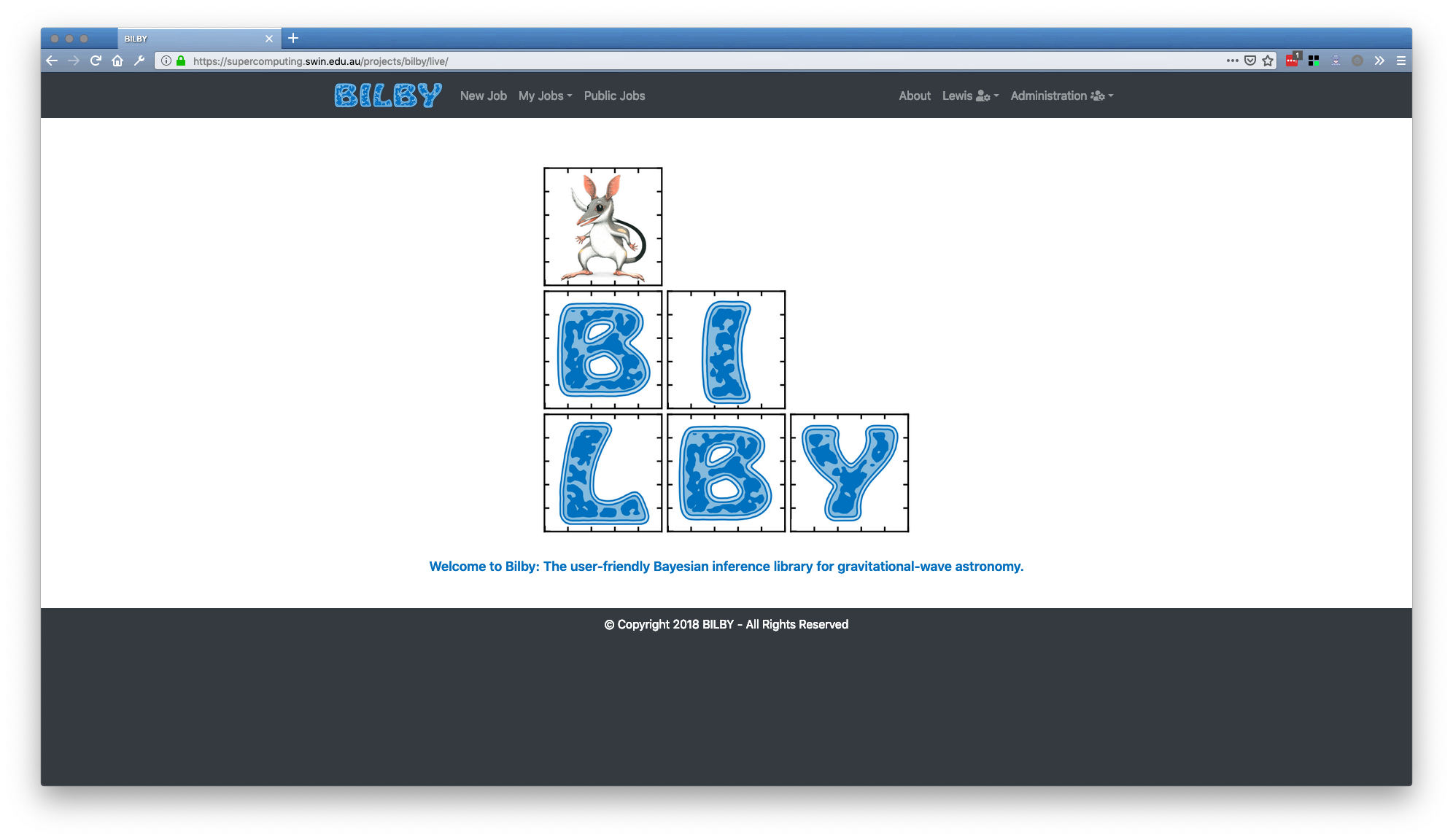Building on Bilby-UI: bringing continuous gravitational wave science to the web
CI: – Patrick Clearwater
Recent years have seen great excitement around the dawn of gravitational wave astronomy, with the first multimessenger detection coming in late 2017. Making gravitational wave data and the sophisticated but difficult-to-use data processing tools accessible to the broader astronomical community is a pressing challenge, and one we propose to solve by building a virtual laboratory (VL). The first iteration, which is the subject of this proposal, will be a prototype, tightly scoped around a single important science problem (continuous wave searches). Once the prototype VL is built, it can then be used to prove the concept to the astronomical community, and gather feedback to inform future directions.
The science problem we have chosen to focus on is the high-priority search for continuous waves from low-mass X-ray binaries, using the existing, reviewed, Australian Viterbi pipeline. As such, the VL would be in a position to support a first detection; and would make it easy to run rapid follow-up searches of candidates from other pipelines, while maintaining high confidence in the reproducibility of the results.
The University of Melbourne group developed the Viterbi pipeline and has deep expertise in continuous wave searches to support the VL.
ADACS has already supported development of a gravitational-wave focused VL front-end (“Bilby-UI”) for the Bayesian parameter inference code Bilby. We propose to build on this work by using re-using Bilby-UI as a portal to the Viterbi pipeline, leveraging the existing development. The deliverable is an extension to the Bilby-UI web framework to add new science functionality, namely the Viterbi continuous waves search pipeline. The web-based, open-source system will keep track of the data provenance, search parameters, and outputs for each pipeline run, allowing researchers to reproduce and share their work.

